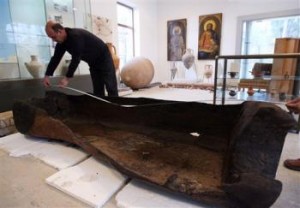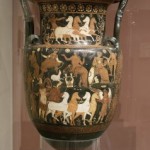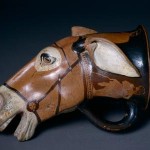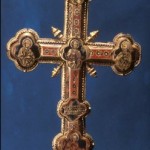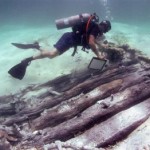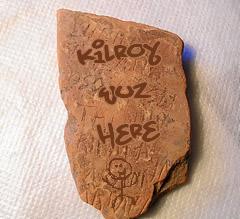Archaeologists excavating near Nazca, Peru, have discovered a cluster of homes and graves that date back 5,500 years.
One of the project researchers said that the excavations made at the site since last October enabled the team to find the remains of eight small oval-shaped and circular homes made by digging deep pits in the ground.
Also found were up to 19 graves of children and adults interred individually inside the homes, which would seem to indicate that they were buried there after the homes were abandoned.
In some of the graves, archaeologists found carved bones and snail-shells, deer horns, necklaces and bracelets made from shells, but there was no concrete evidence of offerings to the dead or to dieties.
This is the first human remains found in Peru from the late archaic period. The circular plaza found last February dates to the same time, and it’s thought to be the oldest urban structure in the Americas.
There’s a large lacuna in Peruvian archaeology between prehistory and the 16th c. Inca civilization, so this find is a big step in filling in some of the blanks, as was the Wari mummy discovery earlier this year in Lima.
Still looking for pics, darnitall.
